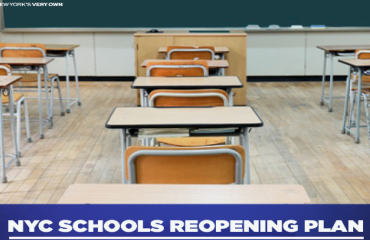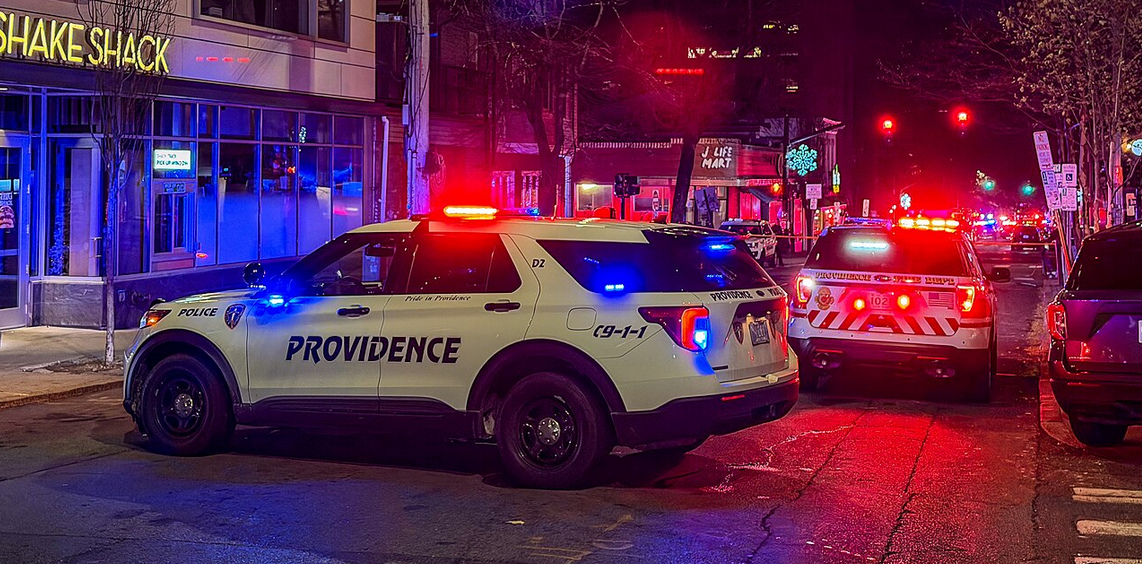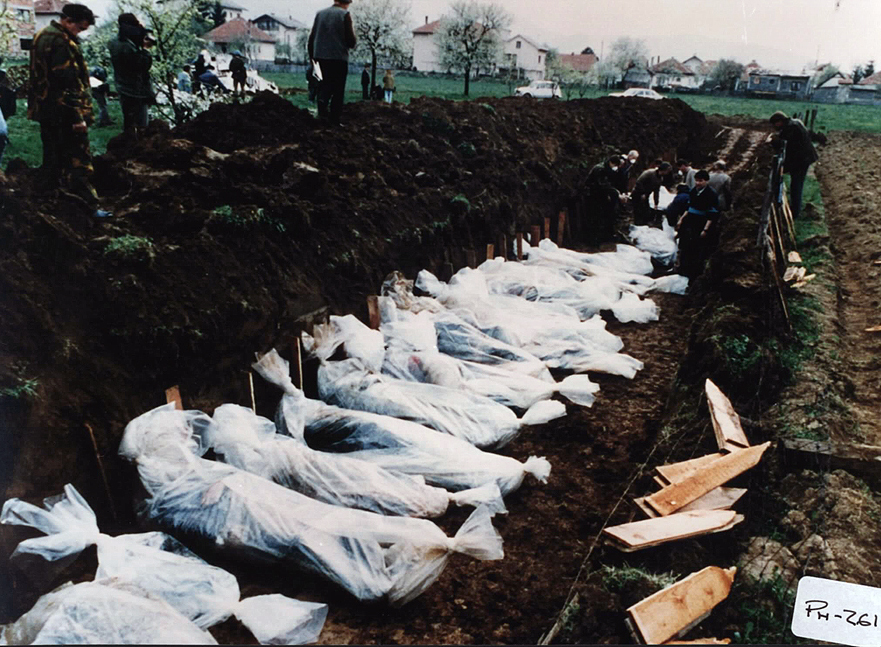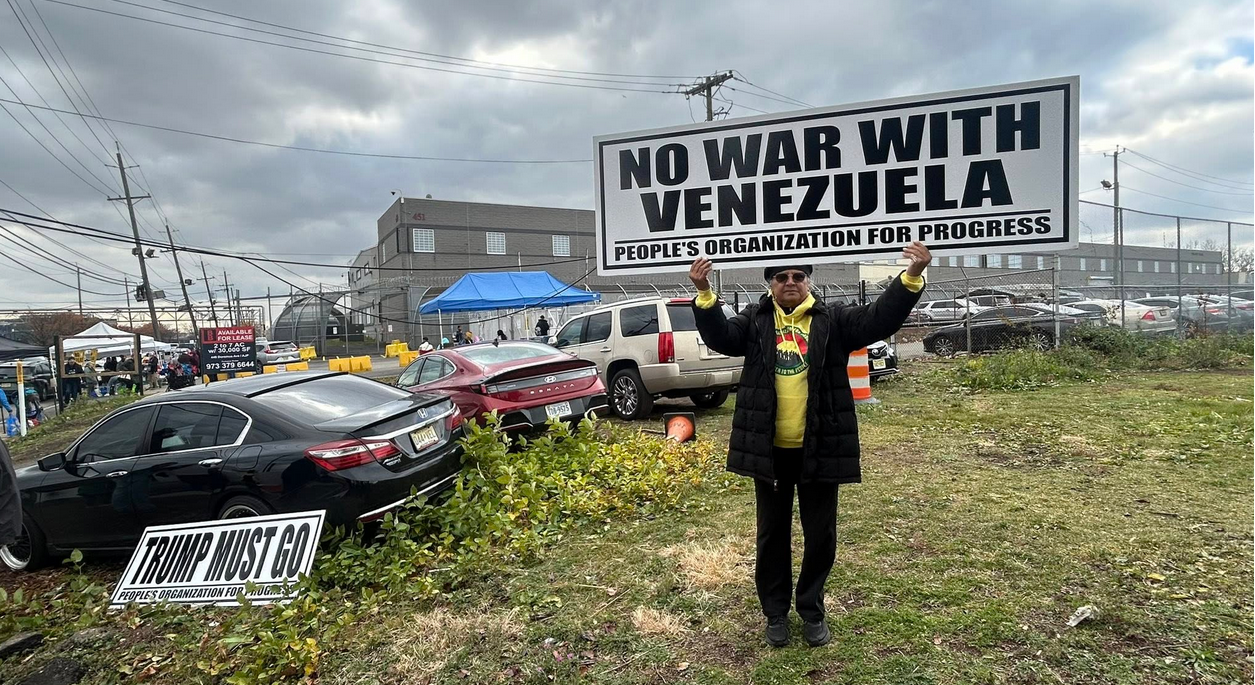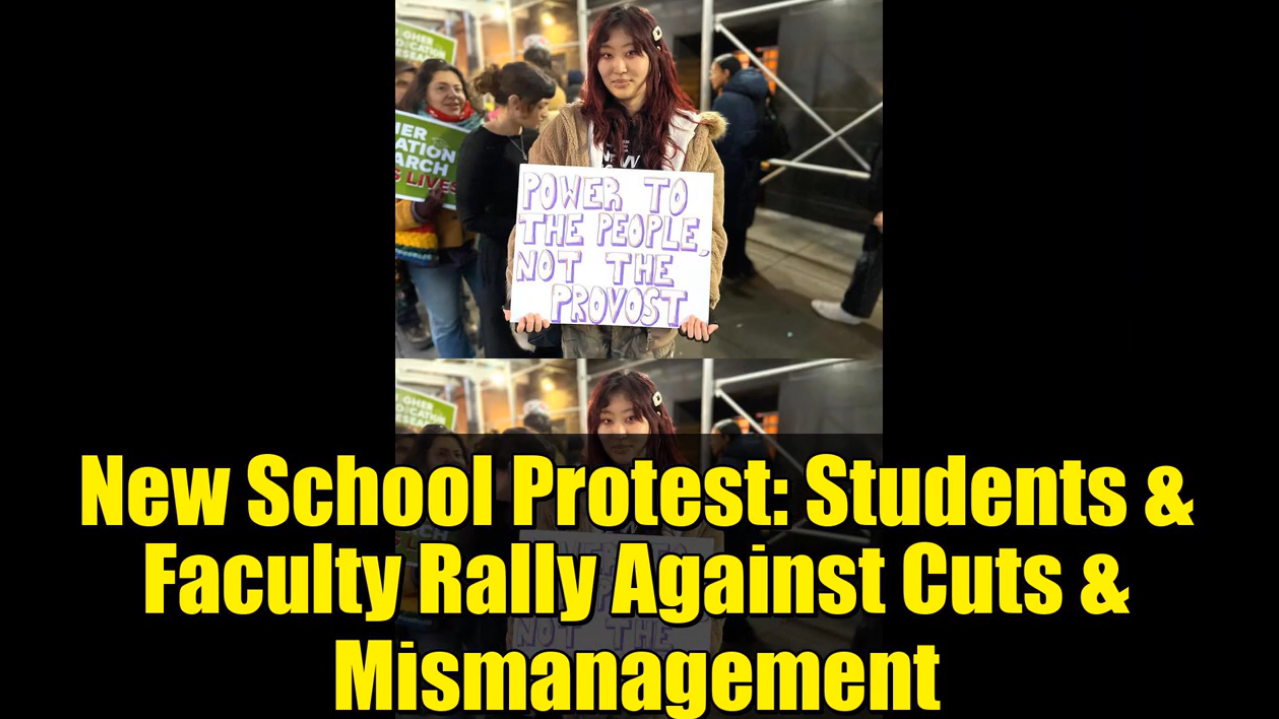[NYC School Reopening]
Mulgrew: “Today’s reopening was largely without incident, and in cases where there were problems — for example, six schools did not have a nurse — we were able to resolve them.”
Photo: Twitter
Yesterday, United Federation of Teachers (UFT) president Michael Mulgrew issued the following statement on the first day of the opening of New York City schools:
“Today marked an important turning point: the reopening of hundreds of elementary schools for our city’s children. We achieved this — the first big city system to do so — thanks in large part to the incredible efforts of tens of thousands of teachers and other UFT members who have worked relentlessly to serve their students while seeing that the children, their families and their colleagues remain safe.
Today’s reopening was largely without incident, and in cases where there were problems — for example, six schools did not have a nurse — we were able to resolve them.
We worked hard to get our public schools to a safe place and so far there has been no indication of widespread infection in school buildings. But the same cannot be said for some zip codes in New York City, where the infection rate is escalating.
According to Mayor de Blasio, the citywide coronavirus infection rate has now reached 3%, driven by much higher infection rates in certain zip codes where the infection rate has ranged from more than 3% to nearly 7%.
The city’s plan has been to switch to remote instruction for all students if the citywide infection rate reaches 3% on a seven-day rolling average, But the city can’t sit by and let the virus spread in these or other zip codes for days until it drives the overall city rate above the seven-day threshold.
We have advised the city that if infection rates in these areas cannot quickly be contained and reduced, the city must adopt a strategy to close public facilities — including the more than 80 public schools — in these hard-hit neighborhoods.
We cannot put the entire city at risk by allowing COVID rates to rise.”
(Note: According to the city’s Department of Health, the most affected ZIP codes as of Monday include the Gravesend/Homecrest area, (6.72%); Midwood (5.53%); Borough Park (5.26%); Bensonhurst/Mapleton (5.15%); Flatlands/Midwood (4.08%); Sheepshead Bay (4.05%); Edgemere/Far Rockaway (3.98%); Kew Gardens (3.61%); and Kew Gardens Hills/Pomonok (3.04%).
